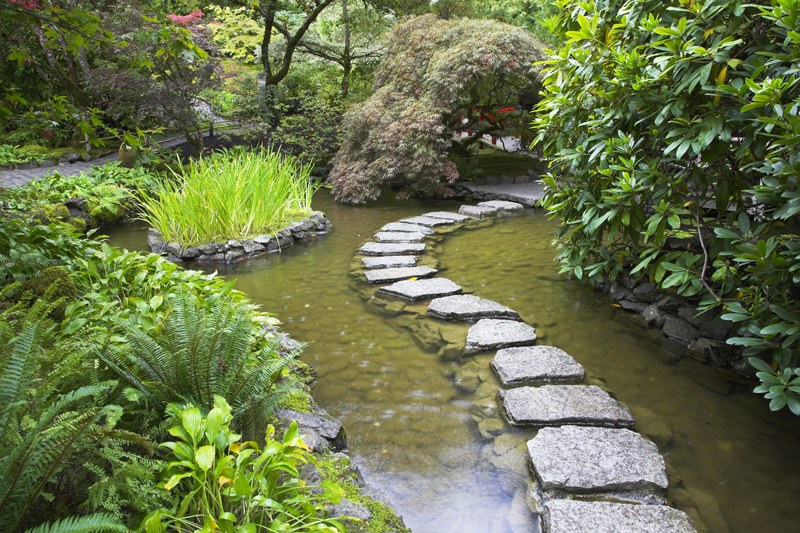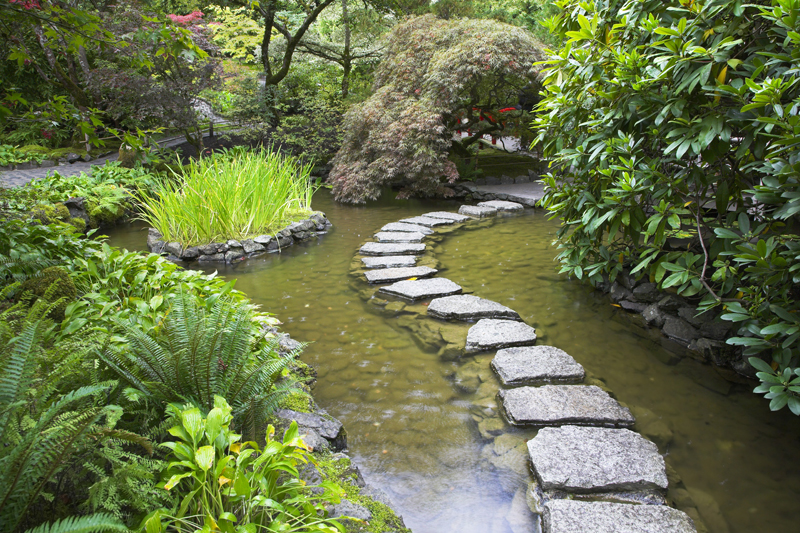Growing Ornamental Onions

Many kinds of ornamental onions are in cultivation. This article contains an introduction to these plants and tips on growing them,
These species are great choices for pollinator gardens because the plants provide pollen and nectar for pollinators. In some cases, there can be a crop of surplus honey that has an onion-like scent.
In many of the ornamental onion species, the foliage is often found at the base of the plant. Typically, the leaves are typically flat.
The ornamental onions are easy to grow. They can be planted in the spring or fall. The plants can be propagated using seed, which are typically planted in the spring.
The ornamental onions can also be grown from bulbils as well. These are typically found in the flower clusters. Ornamental onions tend to spread easily. These plants are well suited to most soils.
These bulbs are suitable for borders and rock gardens. Normally, these plants prefer full sun. However, there is one species, Allium ursinum, that does best in part shade.
The ornamental onions are considered heirloom plants. These were grown in Colonial time in America.
The following species of ornamental onions are recommended for pollinator gardens. These are members of the lily family.
Lily Leek
Also called golden garlic (Allium moly) is native to Europe. It is hardy to zones two and three.
Lily leek makes an excellent dried flower. This is a wonderful choice for rock gardens and borders as well as pollinator gardens.
The plant is 1 ½ feet in height. The basal, flat, blade-like, greenish-gray foliage is an inch wide.
Blooming during late spring to early summer, these star-like flowers are yellow. Up to three inches across, these flowers are long lasting.
Forty or so blooms appear on compact umbels. These are a rich source of nectar and pollen.
Ostrowsky onion (Allium ostrowskianum)
This flowering onion is native to Turkestan and the Caucasus. It is hardy to zones two and three. The plant reaches two to three feet in height.
Ostrowsky onion has linear foliage. Flowering takes place in late spring in May and June for two weeks or so.
The small flowers are borne on six inch tall stems. These form very large, crowded umbels or heads.
These blossoms are pale pink. They are an excellent source of nectar and pollen for pollinators. Ostrowsky onion is a great choice for rock gardens.
Drumstick Onion or Ballhead Onion (Allium sphaerocephalon)
Grown since 1594, drumstick flowering onions are hardy to zone five. This is native to Europe and Asia Minor as well as North Africa. It is a good choice for naturalizing.
These plants are up to three feet in height. The foliage is linear or narrow and grass-like, an inch across.
These leaves are hollow and channeled. The flower stalks are 1 ½ to 2 1/2 feet in height.
The bell-like blossoms are somewhat cylindrical and fairly small, only ¼ inch or so long. However, they form lovely ball-shaped heads.
The flower heads of drumstick onion are two inches across. Appearing in July and August for up to four weeks, the very tight blooms can be deep red, dark maroon-purple, deep purple, or purplish-red. These are about the size of a quarter.
Gardeners will find there are varieties in solid colors as well as bicolors. These flowers are a great source of nectar and pollen for pollinators.
Drumstick allium flowers make a wonderful cut flower as well as a dried flower.
These species are great choices for pollinator gardens because the plants provide pollen and nectar for pollinators. In some cases, there can be a crop of surplus honey that has an onion-like scent.
In many of the ornamental onion species, the foliage is often found at the base of the plant. Typically, the leaves are typically flat.
The ornamental onions are easy to grow. They can be planted in the spring or fall. The plants can be propagated using seed, which are typically planted in the spring.
The ornamental onions can also be grown from bulbils as well. These are typically found in the flower clusters. Ornamental onions tend to spread easily. These plants are well suited to most soils.
These bulbs are suitable for borders and rock gardens. Normally, these plants prefer full sun. However, there is one species, Allium ursinum, that does best in part shade.
The ornamental onions are considered heirloom plants. These were grown in Colonial time in America.
The following species of ornamental onions are recommended for pollinator gardens. These are members of the lily family.
Lily Leek
Also called golden garlic (Allium moly) is native to Europe. It is hardy to zones two and three.
Lily leek makes an excellent dried flower. This is a wonderful choice for rock gardens and borders as well as pollinator gardens.
The plant is 1 ½ feet in height. The basal, flat, blade-like, greenish-gray foliage is an inch wide.
Blooming during late spring to early summer, these star-like flowers are yellow. Up to three inches across, these flowers are long lasting.
Forty or so blooms appear on compact umbels. These are a rich source of nectar and pollen.
Ostrowsky onion (Allium ostrowskianum)
This flowering onion is native to Turkestan and the Caucasus. It is hardy to zones two and three. The plant reaches two to three feet in height.
Ostrowsky onion has linear foliage. Flowering takes place in late spring in May and June for two weeks or so.
The small flowers are borne on six inch tall stems. These form very large, crowded umbels or heads.
These blossoms are pale pink. They are an excellent source of nectar and pollen for pollinators. Ostrowsky onion is a great choice for rock gardens.
Drumstick Onion or Ballhead Onion (Allium sphaerocephalon)
Grown since 1594, drumstick flowering onions are hardy to zone five. This is native to Europe and Asia Minor as well as North Africa. It is a good choice for naturalizing.
These plants are up to three feet in height. The foliage is linear or narrow and grass-like, an inch across.
These leaves are hollow and channeled. The flower stalks are 1 ½ to 2 1/2 feet in height.
The bell-like blossoms are somewhat cylindrical and fairly small, only ¼ inch or so long. However, they form lovely ball-shaped heads.
The flower heads of drumstick onion are two inches across. Appearing in July and August for up to four weeks, the very tight blooms can be deep red, dark maroon-purple, deep purple, or purplish-red. These are about the size of a quarter.
Gardeners will find there are varieties in solid colors as well as bicolors. These flowers are a great source of nectar and pollen for pollinators.
Drumstick allium flowers make a wonderful cut flower as well as a dried flower.

Related Articles
Editor's Picks Articles
Top Ten Articles
Previous Features
Site Map
Content copyright © 2023 by Connie Krochmal. All rights reserved.
This content was written by Connie Krochmal. If you wish to use this content in any manner, you need written permission. Contact Connie Krochmal for details.



